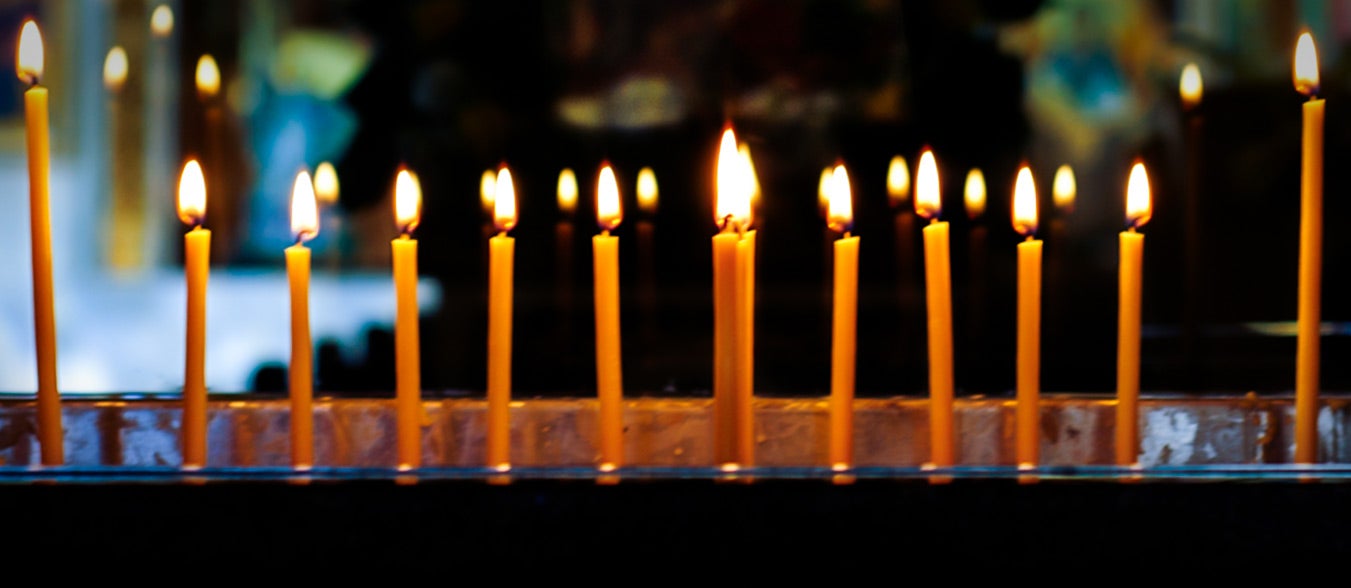Ecumenical Patriarch Bartholomew declares images from Gaza ‘inhuman’
08/07/2025
In a poignant homily for the Feast of the Transfiguration, His All-Holiness Ecumenical Patriarch Bartholomew called the ongoing starvation of Gazans “a shame for the human race.”
HCHC's biennial seminar to Asia Minor concludes
08/06/2025
Eight students recently completed the biennial Asia Minor Travel Seminar, an immersive four-week academic program exploring Hellenic heritage in Asia Minor and the Pontos region, including the Black Sea coast.
Ecumenical Patriarch Bartholomew calls for a 'global alliance of conscience’
08/06/2025
Immense progress has been made in recent decades in dialogue between Christians of differing faith traditions, as well as between Christians and non-Christians. His All-Holiness Ecumenical Patriarch Bartholomew has just provided valuable insight into the precise nature of the unity and mutual understanding that could be expected to be achieved from this dialogue.
The Orthodox Volunteer Corps has worked another year. These are the stories of two volunteers
08/05/2025
The patron saint of the Orthodox Volunteer Corps (OVC), an organization that places twentysomethings in lines of volunteerism in Pittsburgh and Boston, is Mother Maria of Paris—a Russian poet, nun, and member of the Parisian resistance who was killed in the Holocaust and later canonized as a saint by the Ecumenical Patriarchate. Her life of service, Boston OVC volunteer Harry Parks points out, was two-fold.
Join the upcoming Orthodox Parish Leadership webinar "Expanding Your Volunteer Network: Connecting the Other 80%"
08/05/2025
The Orthodox Parish Leadership ministry of the Metropolis of San Francisco is offering a webinar on “Expanding Your Volunteer Network: Connecting the Other 80%". Kristina Mehas will lead this engaging discussion on Monday, August 18, 2025.
Watch WWI story "A Worn Out Pair of Shoes" at the Maliotis Cultural Center this fall
08/05/2025
This November, join award-winning storyteller Anna Conomos-Wedlock for an unforgettable journey to the Greek island of Lemnos, once a lifeline for wounded soldiers during the Gallipoli campaign. At its heart, this is a story of a chance encounter between a Greek village girl and an Allied soldier—an unforgettable relationship that will change both their lives forever.
How the Archdiocese’s Girl Delegate Program shaped one woman's path
08/04/2025
“The international understanding of changemaking and diplomacy I gained...has changed the way I look at the world around me as I look for connections between disparate issues and opportunities for advocacy in my daily life,” writes alumna Demetra Chudley.
Spiritual homes away from home: Orthodox Christian Fellowship prepares for College Student Sunday
08/04/2025
On August 24, parishes across the Archdiocese will celebrate College Student Sunday, a day to offer prayers for our college students and work to ensure that they each have a spiritual home away from home.
'Not just a memory': Metropolis of Boston Camp offers connection to Christ and community
08/04/2025
Celebrating its 36th year in operation, the Metropolis of Boston Camp (MBC) welcomed over 600 campers and 100 volunteer staff members to its campgrounds in Contoocook, New Hampshire for a summer of faith and friendship.






